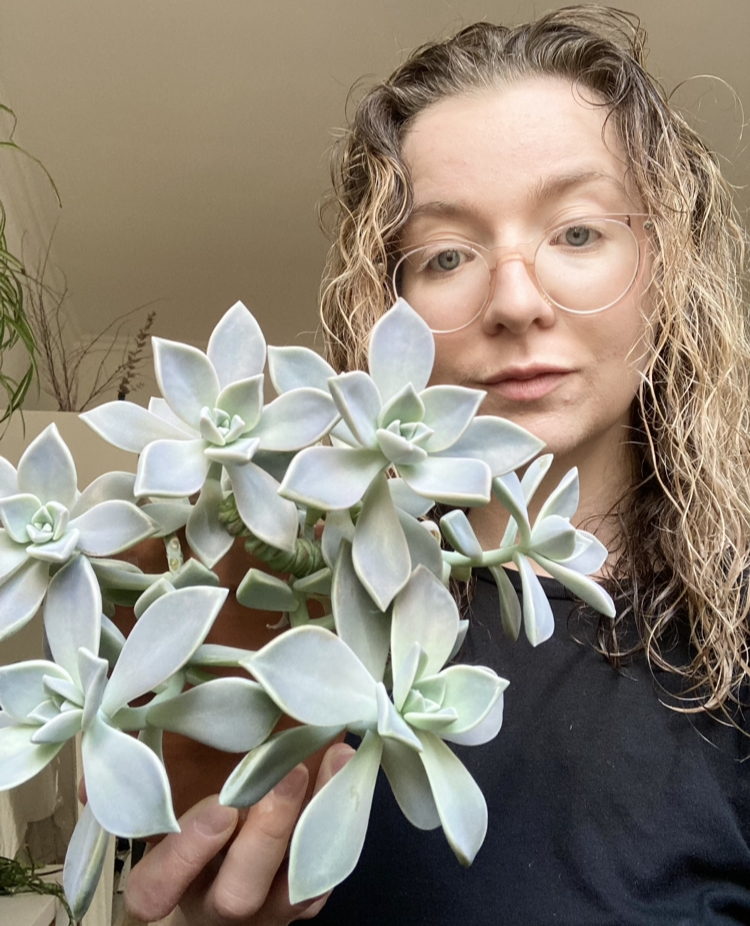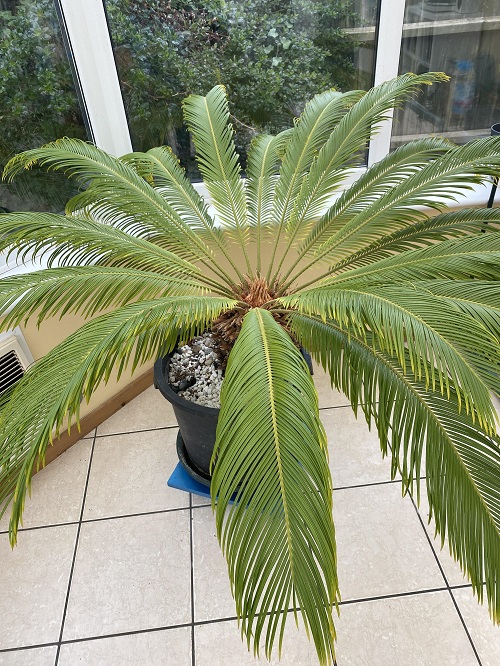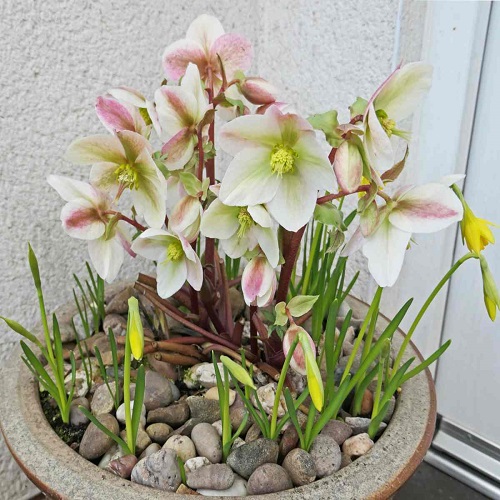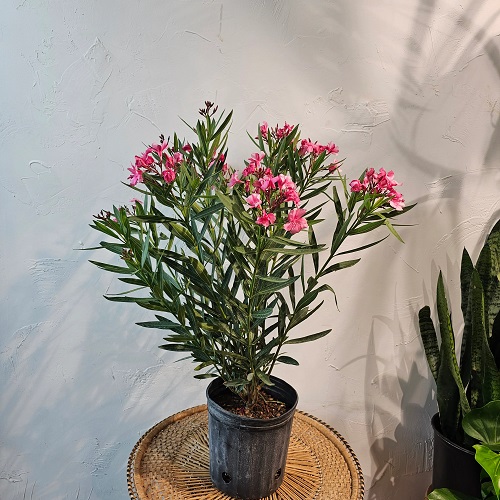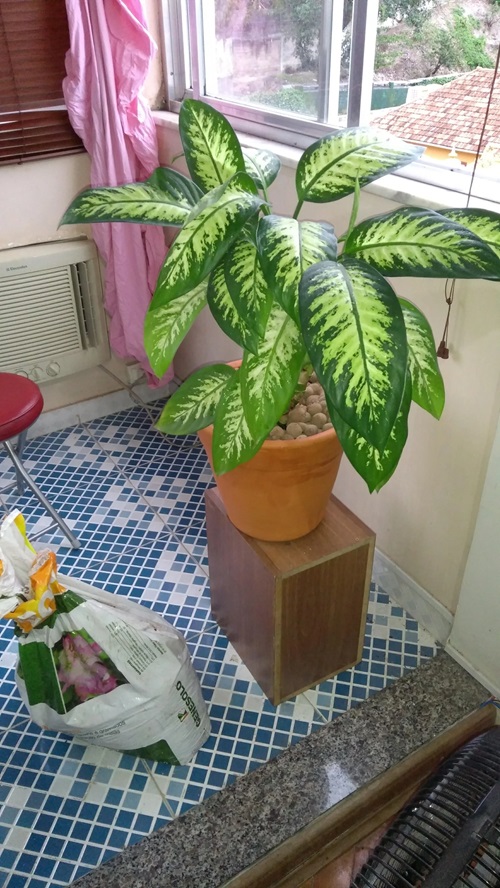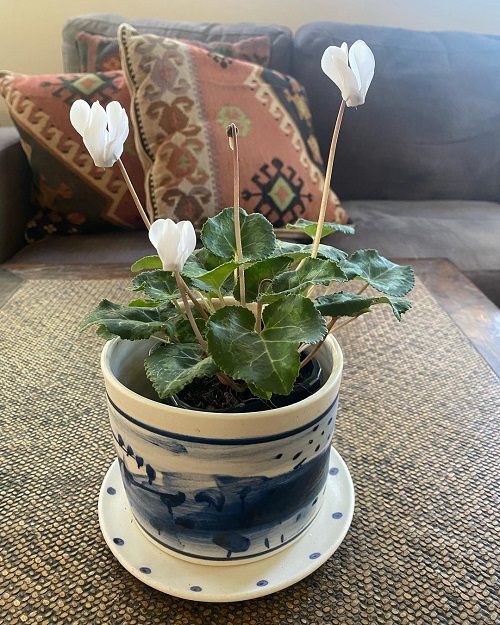If you are a parent to curious felines that scope out every corner in search of nibbles, do not grow these Plants That Are Toxic To Cats!
One minute, they’re zooming around, toppling things all over, and the next, they’ll be sneakily munching away at your prized houseplants—when it comes to cats, anything goes! As someone who dotes on their felines, avoid keeping these plants that are toxic to cats.
Plants That Are Toxic To Cats
1. Sago Palm
Botanical Name: Cycas revoluta
While the sago palm’s pretty, arching fronds are great for adding a tropical feel to your home, they do not bode well for cats. Even in small amounts, the seeds of this palm can be quite dangerous, containing the toxin cycasin.
This compound is responsible for digestive issues, nausea, vomiting, liver damage in cats, and sometimes even complete liver failure in extreme cases. Do not grow it if you have cats at home.
2. Calla Lily
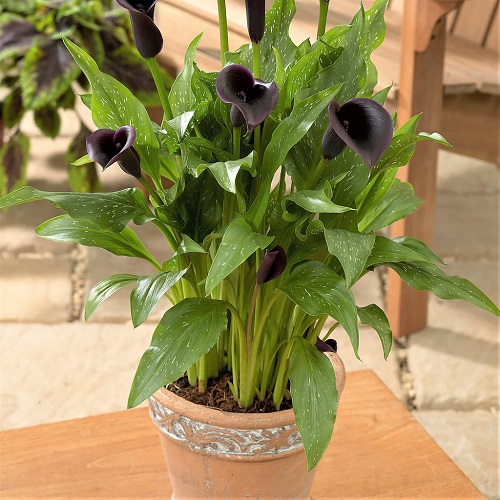
Botanical Name: Zantedeschia
This fatal beauty is immensely popular in home gardens for its stunning blooms, which make lovely cut flowers. However, your cat can nibble on these toxic plants, which we don’t want! All parts of the calla lily plant contain insoluble calcium oxalate crystals.
These crystals are released when your cat bites into the plant and can cause severe pain and irritation in the mouth, throat, and GI tract.
3. Hellebore
Botanical Name: Helleborus niger
Belonging to the buttercup family, hellebore is an evergreen perennial grown for its spring and winter blooms. However, the Christmas or Easter rose contains certain glycosides and several other neurotoxic compounds in cats, which can cause incoordination.
They even cause toxicity symptoms in the gastrointestinal and respiratory systems of cats and can be fatal!
4. Lilies
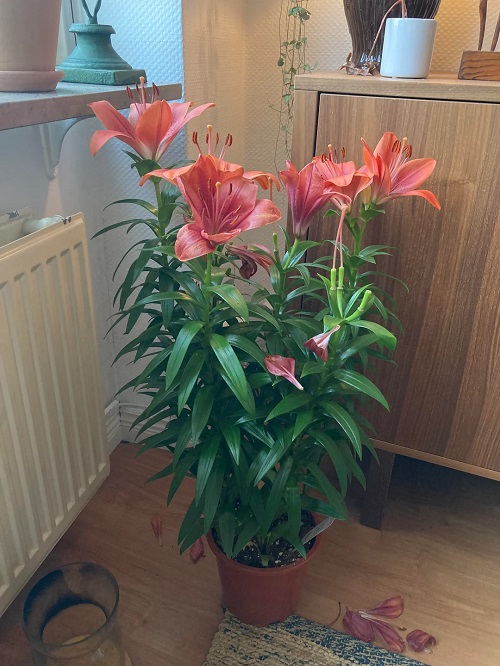
Botanical Name: Lilium
All lilies belonging to the ‘true’ lily family, such as the Tiger lily, Asiatic lily, Trumpet, and Easter lilies, are problematic to cats. According to the FDA, each part of this bulbous geophyte can harm your feline friend, from the petals and pollen to stems and leaves.
In addition to the toxic pollen that can be easily inhaled, lilies can cause kidney damage if ingested. In several cases, this can lead to fatal liver failure, and that too within three days!
5. Oleander
Botanical Name: Nerium oleander
Commonly known as the rose laurel or Jericho rose, this evergreen shrub native to Europe and Asia is a poor choice for cat owners. While its white, salmon and lilac blooms are stunning, all parts of oleander are toxic to felines and you!
Comprising the toxic compound cardiac glycoside, it causes symptoms like abnormal heart function, hypothermia, gastrointestinal irritation, and even death.
6. Dieffenbachia
Botanical Name: Dieffenbachia seguine
Dieffenbachia is a common houseplant coveted for its lush, green foliage variegated with white. While this evergreen broadleaf plant is perfect for filling out your home’s shady corners, it’s guaranteed disaster if your cat munches on the foliage.
The leaves contain calcium oxalate crystals and proteolytic enzymes, which cause burning and irritation in your cat’s mouth, as well as tummy discomfort. Moral of the story: this plant is toxic to your cat, so avoid it!
7. Autumn Crocus
Botanical Name: Colchicum
The autumn crocus is probably the most exciting plant on this list! Although the high amounts of colchicine in this flower are being studied as a possible cancer medication for humans, this same compound is dangerous for cats, dogs, and even horses.
If your cat ingests any of it, they will experience symptoms like irritation in the mouth, shock, blood vomiting, and diarrhea. Large amounts of ingestion can also result in multi-organ damage and suppression of bone marrow.
8. Common Yew
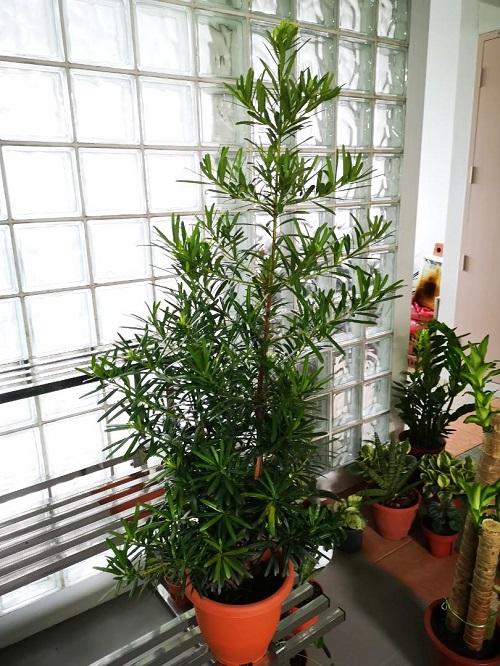
Botanical Name: Taxas baccata
If you ever think of creating a Japanese-inspired garden while having a cat, be sure to keep away from the common yew! Known for being highly toxic for cats, dogs, and horses, ingesting yew plant parts can result in harsh, unwanted results.
Symptoms of ingestion include shortness of breath and muscle tremors, which translate to seizure or sudden death from cardiac failure after ingestion.
9. Azalea

Botanical Name: Rhododendron
The beautiful rounded shrubs of the blueberry family surely look fabulous with their large, funnel-shaped flowers in white, red, purple, pink, and cream. However, these flowers are not so wonderful for your furry babies.
Due to the grayanotoxin present in azalea flowers, they can be fatal to cats, altering skeletal muscles and cardiac muscles and disrupting nerve function. All of these can ultimately lead to coma and death.
10. Milkweed
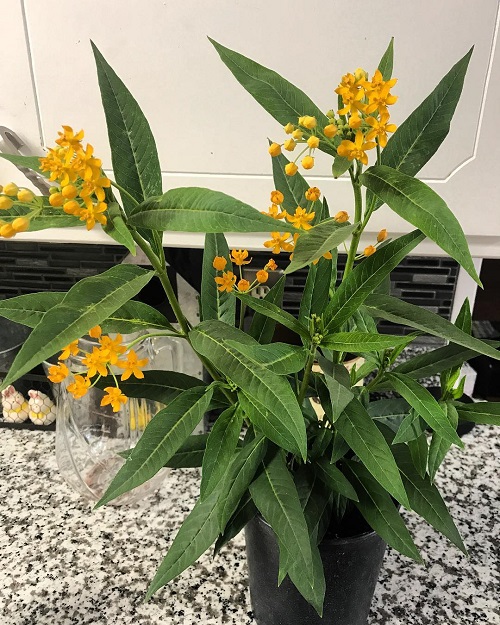
Botanical Name: Asclepias curassavica
Milkweed is most often cultivated to stuff pillows! While your first impression of the plant may be that it is harmless, it can be fatally toxic to cats, dogs, and horses.
The sap of this plant contains toxins like cardiac glycosides or cardenolides, which cause symptoms such as weak pulse, difficulty breathing, and seizures. It could get as bad as liver and kidney failure, respiratory paralysis, coma, and even death.
11. Cyclamen
Botanical Name: Cyclamen spp.
Cyclamen’s sweet scent wafting through your home is indeed refreshing, as long as you have no pets! It contains terpenoid saponins that cause toxicity symptoms like excessive salivation, diarrhea, and vomiting.
If your cat happens to ingest large amounts of cyclamen parts, it may also experience abnormal heart rhythms, seizures, and death.
Keep your home free of these plants, and your feline friend can frolic around worry-free! But this doesn’t mean you don’t have choices—check out these plants that every cat owner should grow indoors!

